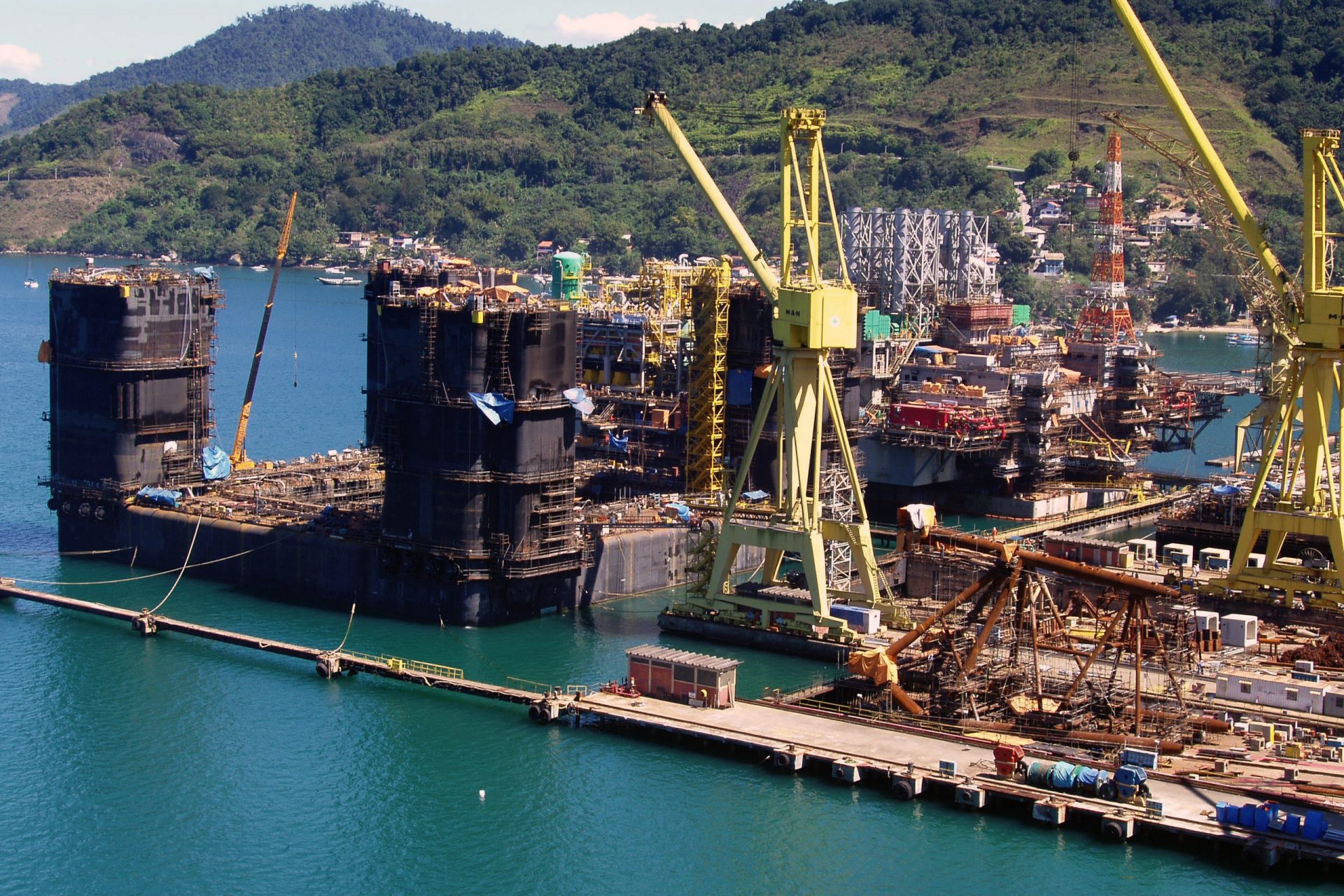Why oil and gas rigs are becoming a problem for our oceans
It is estimated that there are more than 12,000 oil and gas rigs in seas and oceans around the globe. These could become a problem in short and medium term.
When oil or gas run out, these platforms in the middle of the sea are abandoned by the companies that originally extracted these resources.
In the middle of the debate about climate change and finding alternative sources of fuel, many people wonder what should be done with these structures that fill up our oceans.
The big problem with removing an offshore oil rig, as 'Follow the Money' points out, is that it is a very complicated and expensive process. Obviously, abandoning them is not an option, so many individuals are thinking about giving them an alternative use.
Some platforms can weigh 30,000 tons. To dismantle them, the first step is to remove that the upper part with special crane ships. The structure is then torn down and brought to dry land for recycling. And finally, it is time to cover the gas or oil well to avoid leaks.
Photo: Unsplash - Dean Brierley
Just renting a crane ship to collect the remains from the bottom of the sea cost over two million US dollars per day.
Photo: Unsplash - Ian Simmonds
The European Commission has estimated that cleaning the North Sea would require an investment of over 30,000 million euros (32,000 million US dollars) until 2030.
Photo: Pexels - Vitali Adutskevich
The North Sea, as the international research team 'Follow the Money' points out, has 615 platforms, plus 23,000 secondary infrastructures, 27,000 gas and oil wells, and over 26,000 miles of pipelines.
The big problem is that 85% of these wells are abandoned, but the platforms that extract them continue to fill up the sea.
And it could get worse, because as the aforementioned study by 'Follow the Money' points out, until the beginning of the 21st century it was not necessary to register the cables and pipes installed at the bottom of the sea. The amount of scrap down there is impossible to calculate.
The Convention for the Protection of the Marine Environment of the North-East Atlantic, also known as the 'OSPAR Convention', was established in1998 and forced companies that stop operating a rig to dismantle them, seal the well and remove the pipes.
However, another alternative is to turn these abandoned platforms into key elements in the global transition into green energy.
Photo: Unsplash - Bernardo Ferrari
A study by the 'North Sea Transition Authority' (NSTA) puts this idea into numbers: reusing 50 gas pipelines to store CO2 would mean savings over 8,000 million US dollars.
Meanwhile, Green Tech Media points out that the size of these platforms would allow them to be used for new business models. From offshore wind power plants to strategic green hydrogen storage areas.
Now, the most unexpected alternative is the one reported by the BBC, pointing out that these platforms are the perfect habitat to create new coral reefs. Its high pylons are ideal for certain species to spawn out, without fear of habitual predators.
Furthermore, the North American 'Rigs to Reefs' program has already transformed more than 500 oil and gas platforms in the Gulf of Mexico into artificial reefs.
Photo: Unsplash - Leo Dalitte
The question now is whether it is better to remove the platforms, with a hefty cost and lots of damage, or given them a new, greener life.
Photo: Pexels - Ganesh Ramsumair
More for you
Top Stories






























